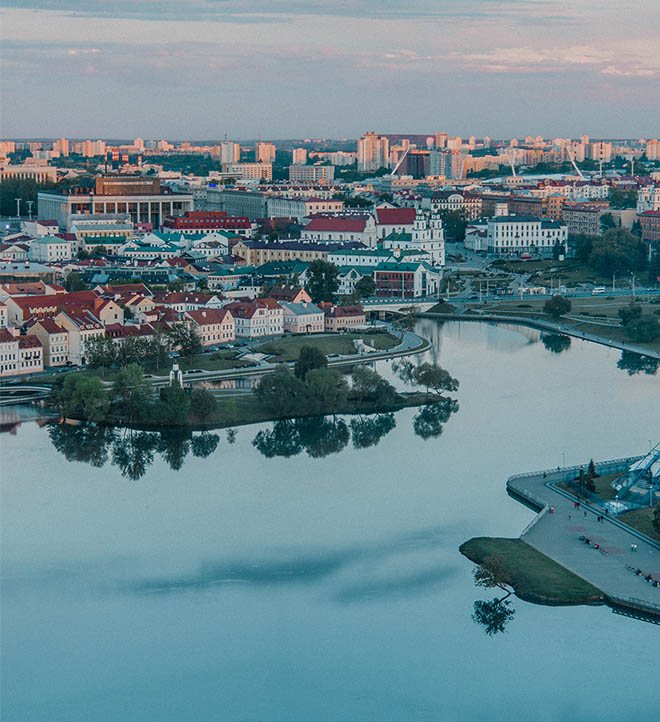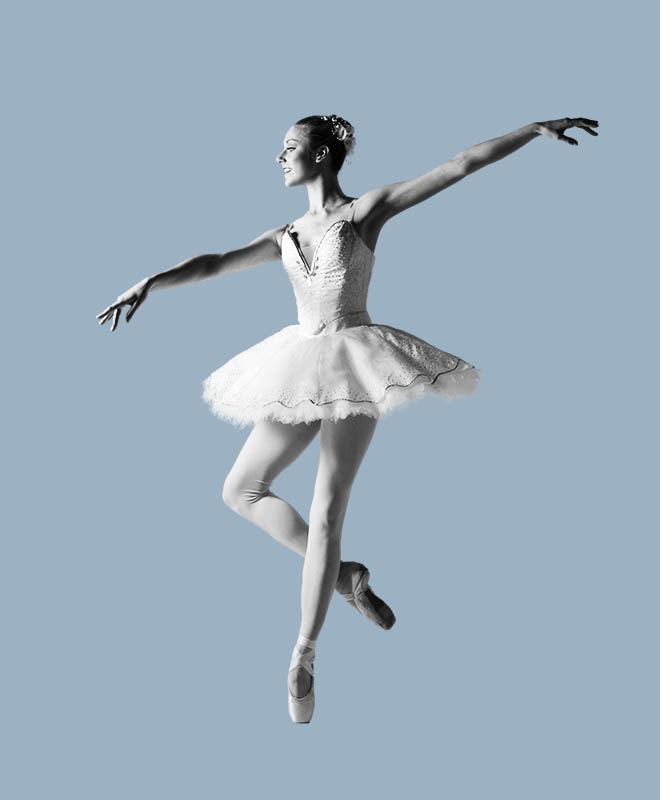We've already learned how to use metro in Minsk. Now we've prepared a comprehensive manual on everything you need to know about on-ground public transport: routes, schedules, tickets, prices, etc. Check it out and make your navigation around the city much easier.
General info
The on-ground public transport in Minsk are buses, trolleys (and electrobuses) and trams. There’re also private route taxis (minibuses “marshrutka”) citywide. It all starts around 5:35 a.m. and on average runs till 0:30 a.m. To reach your destination point for sure and in time plan the route using special services: try this or this one. Remember to validate your ticket immediately on entering a vehicle.
Bus
City buses run all over the city and many suburban areas. See all the routes here. Mainly they are signed with numbers only, but that’s not the rule. Letter “C” in vehicle’s number (e.g. 3-c) marks rapidness: it means the bus on its standard route skips several certain stops. Letter “Э” (e.g. 115-э) is for express buses: those ones are the fastest and you need a special, a bit more expensive ticket to hop on them.
Note the bus line №1: it goes straight through the city center (from Central Railway station to Minsk Arena) and offers free audio guidance during the trip. You pay just for the ordinary bus ticket. The bus №100 also takes you along the majority of mainstream city sights of Minsk.
Trolley
Trolleys are as widespread in Minsk as the buses are. You can easily tell them from the steal “horns” connected to transmission lines above the road. Here you can find all the lines. Just recently, some the vehicles on some routes have been replaced by electrobuses.
Tram
There’re 8 tram lines in Minsk. Basically, they connect the Northwest corner of the city with its south-eastern part and the South-West with the North-eastern part. All the routes of the tram lines check there.
City rail train
The urban train connects the station Minsk Pasažyrski (on Central Railway station) with Ždanovičy and the Minsk Sea. It runs around 30 times per day. The ticket price depends on the extension, but the whole way costs about € 0,40 (0,90 BYN). Buy and validate your ticket already on the train.
Route taxi
Private minibuses serve as route taxis (“marshrutka”). Passengers pay the fare (about € 0,65) as they get on. The price is fixed no matter what is the distance of a trip. Route taxis run according to the individual schedule from 8:00 a.m. to 10:00 p.m. To make a minibus stop you should notice it beforehand and sign the driver with your hand like if you’re going to hitch-hike.
How to find a stop
Most of the public transport stops have benches and awnings. Sometimes there's also a kiosk. You can also estimate crowd hanging out by the road as a marker of a bus stop.
Schedule
If you or anybody around can manage with Cyrillic letters, you can check the up to date schedule either online on the website of Minsktrans (the city transport enterprise) or use some mobile apps. Among the offline ones we suggest Minskline for iOS and Minsk Transport or Minsk Guide for Android. You can also use Yandex transport and iPassenger.
Another option that won’t demand any language skills: there’re printed schedules and virtual scoreboards fixed on every transport stop. The first ones are often placed near the bus bench or on the nearest lamppost, and the latter ones are always on posts. Here you can find the bus, trams and trolleys numbers and their departure time.
How to Pay
Buy a ticket for 1 ride
Tickets are sold in special kiosks on the stops as well as in the kiosks near the entrance to the subway. They are valid for any kind of on-ground public transport and for any distance, but just for a single ride on the vehicle where they’re punched. A ticket (“talon”) costs € 0.25 (0.60 BYN).
In case there won’t be any kiosk on your bus station, you can buy a ticket from the driver (but only during the stops) in tram, bus, and trolley. The price will be a bit higher: € 0.30 (0.65 BYN).
How to validate the ticket? Find a yellow validator box alongside the vehicle. Put the ticket in, hear the clicking sound and take your ticket back with printed data on it.
Buy a swipe card for several trips
Just as for subway, there are different types of transport passes. You can pick either the card with the number of trips paid (10, 20, 30, 40, 50 trips available during 60 days or 60 or 100 trips available for 80 days) or the other, that doesn’t limit the number of trips during certain period (e.g. 10 days, 15 days, 30 or 90 days).
You can also choose a swipe card for 1 (€ 1,23; 2,97 BYN), 2 (€ 2,17; 5,24 BYN) or 3 (€ 3; 7,22 BYN) days: it provides you with paid navigation by bus, trolley, and tram. The other option is to buy a swipe card with metro and any other mean of transport chosen.
Put your mind to the fact that a swipe card itself costs about 2 BYN (€ 0.9). You should pay for it while buying the transport pass, but you'll get your money back when you return the card.
How to validate the card? Just enclose your card to a small yellow validator (they’re placed on the railings close to each entrance) till you see a green indicator.
Stowaway's fine
In on-ground transport in Minsk there's no any permanent controller on board. However, if you’re caught without a ticket, you’ll be obliged to pay the fine. The dodging fare in public transport ranges from € 5 to € 10 (12,25 - 24,5 BYN).
Accessibility
Buses and trolleys in Minsk are generally adopted for passengers with disabilities. In that case it’s likely to enter the vehicle through the wide middle door, otherwise, the others can have several steps or be too narrow. Just near the entrance, there’s always a space for a wheelchair. Whereas trams and route taxis aren’t the reliable variants.
Who’s allowed to ride for free?
Some groups of passengers can use public transport gratis.
- all children up to 7 years;
- children with disabilities (under the age of 18);
- orphans (under the age of 18);
- children deprived of parental care (under the age of 18);
- people with disabilities (groups I and II);
- persons accompanying a passenger with disability (a child or a passenger with the I group of disability).
![]()
![]() Read also: Minsk Metro 101
Read also: Minsk Metro 101
Photo by palasatka


